In the last three decades, many independent and, in many instances, heterogeneous systems have developed in organizations that create issues of integration and raise the complexity and costs associated with sustaining such applications.
Enterprise ecosystems include a wide variety of heterogeneous technologies, applications, and bundled software solutions from different suppliers. Multiple IT systems may provide additional complexity and redundancies in the IT environment that prohibit even the simplest tasks from being automated. The difficulty of managing these various apps necessitates the need to have user-managing administrators and developers that safeguard resources in the applications for each application.
A new generation of software solutions known as Application Integration (AI) was recently developed to solve integration problems. AI is a new field with limited literature and documentation.

What is Application Integration?
Application Integration is a procedure that allows data, resources, and processes to be consolidated and shared across various applications of an organization. In other terms, Application Integration means an integration that allows separate apps to operate together.
These cloud-based software programs such as Salesforce CRM may lie behind a firewall or be installed in a hybrid environment, i.e., cloud applications on private servers of an enterprise.
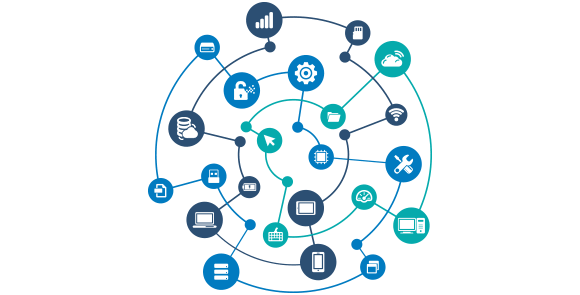
The integration of applications becomes more important since it is virtually impossible no matter how much you want to do all your work with one application. Many apps meet specific requirements and responsibilities in companies. So you wind up relying on several instead of just on one program. While this helps you complete many activities, handling several apps and the data may be difficult. This is when middleware application integration kicks in. The middleware for application integration lets you maintain, administer, and maintain all your applications while minimizing repetition and duplication.
The goal behind app integration is to develop a more contemporary and unified architecture, which simplifies the application’s usage in contrast to a cumbersome and fragmented experience that would occur if they were each used in different silos.

Benefits of Application Integration
The advantage of integration is that it removes the need to input data manually in every program, making the exchange of company data among the most important apps easier. Depending on your company’s needs, a benefit of integration middleware is that it may be locally or cloud-based.
Automation
Business processes may vary considerably. Application integration facilitates the seamless transmission of data across all types of systems and processes for productivity and automation assistance. Instead of regular maintenance work, more application operations may be automated, and IT and other company resources reserved for strategic initiatives.
Flexibility
During the integration stage, interrelated apps may be updated to be scalable and reliable so that bottlenecks do not arise when a quick increase of workload capacity is needed. Users may get a holistic picture of corporate data through an integrated interface for users to access features and data on several platforms. This creates an interchange between old and new complementary systems.
Efficient and Visible
Integration of company applications allows point-to-point integration and increased visibility of data that enables companies to monitor, measure, and embrace data throughout the process. Workflows may be simplified or changed as per the requirement to improve efficiency in various business fields. Data can be correctly updated (or closely enough) in real-time across all systems, speeding up business operations and minimizing mistakes. The benefit of connecting apps across various settings enables teams to access and sort data from anywhere.
Competitive On a Bigger Scale
Businesses frequently fail to achieve greater ROI due to technology implementation delays. Companies can quickly monitor their business operations by connecting different apps, cutting time to market, and boosting their ROI. It may establish an agile atmosphere that enables the more fast creation of new goods and gives a competitive advantage.
Innovation
As a digital enterprise, you would want to continually use new technologies like micro services to improve agility and speed. You also want to see the deployment of edge devices outside the cloud. You may adopt new technologies with API-led integration and event-driven architectures more quickly as your digital company transforms over time.

Application Integration Concepts
Following are the concepts on the basis which application integration is utilized by various enterprises as per their requirements.
Data Mapping
Data mapping is the process by which data fields are extracted from one or more source files and matched with their corresponding destination target fields. For example, if you complete and submit contact forms in one application, this event may trigger actions that can categorize the information provided into the first name, last name, status, etc. to map these form fields to other related datasets for other apps
Application Program Interface (API)
An API is described as a definition of potential software component interactions. An application programming interface allows businesses to expose data and features of their applications to external third-party developers, commercial partners, and their internal departments. APIs are widely used to provide data services across a variety of areas and situations. In the financial and trading field, an API may be used to link a series of automated trading algorithms to the preferred trading broker platform of the trader.
Events and Action
An event occurs in your linked apps, such as the receipt of payment. An event then initiates actions that include basic features such as generating, obtaining or modifying data sets and are application specialized, such as a new case in Salesforce.
Levels of Application Integration
Application integration has four typical levels: integration at the level of presentations, integration of business processes, data integration, and integration at the communications level. Rather than a hierarchy, the four layers are overlapping technologies that form a comprehensive application integration solution that connects new apps with old applications.
Screen Scrapping
At the presentation level, integration is accomplished by presenting multiple distinct programs with a similar user interface as a single application (UI). Previously, integration at the presentation level was used to combine programs that might otherwise not be linked, but since then, the technology of application integration has been developing and sophisticating, making this method less common. It is one of the earliest and is often referred to as ‘screening’ for the process of collecting and organizing information using transitory software.
Business Process Integration
By integrating business processes, a firm’s logical operations are linked to its IT assets that often exist in various areas of the company and increasingly in the cloud. It uses automation capabilities and artificial intelligence to link different applications, organize, and prioritize processes, to increase productivity, while decreasing mistakes and removing bottlenecks.
Communications- Level Integration
Communications-level integration is the particular technique utilized to accomplish data integration and integration of business processes. If data integration is fundamental to human communication, then the integration of communications chooses whether to write, talk, sing, or dance. In many instances, apps that need technology for such communication were not intended to interact with one other. These include APIs, which define how apps may be called as well as connectors that serve as mediators between applications. At the level of communication, the architecture of interactions between applications should also be considered, which may be combined with the point-to-point model, hub-and-spoke method or an enterprise service bus (ESB)
Data Integration
In order to provide users with consistent access to and delivery of data across a range of topics and structural kinds, data integration is a method of consolidation of data from diverse sources into one dataset and meets all information requirements in applications and business processes. The process of data integration is one of the major components of the entire data management process, which is used more often as large data integration and the requirement for the sharing of existing data. For effective application integration, data integration is also needed. Inconsistencies may develop and business processes can become less efficient when one application cannot share and comprehend data from another application. Data integration is accomplished either via the written code that allows each application to comprehend data in other business applications or by using an intermediate data format that can be understood by sender and receiver applications.
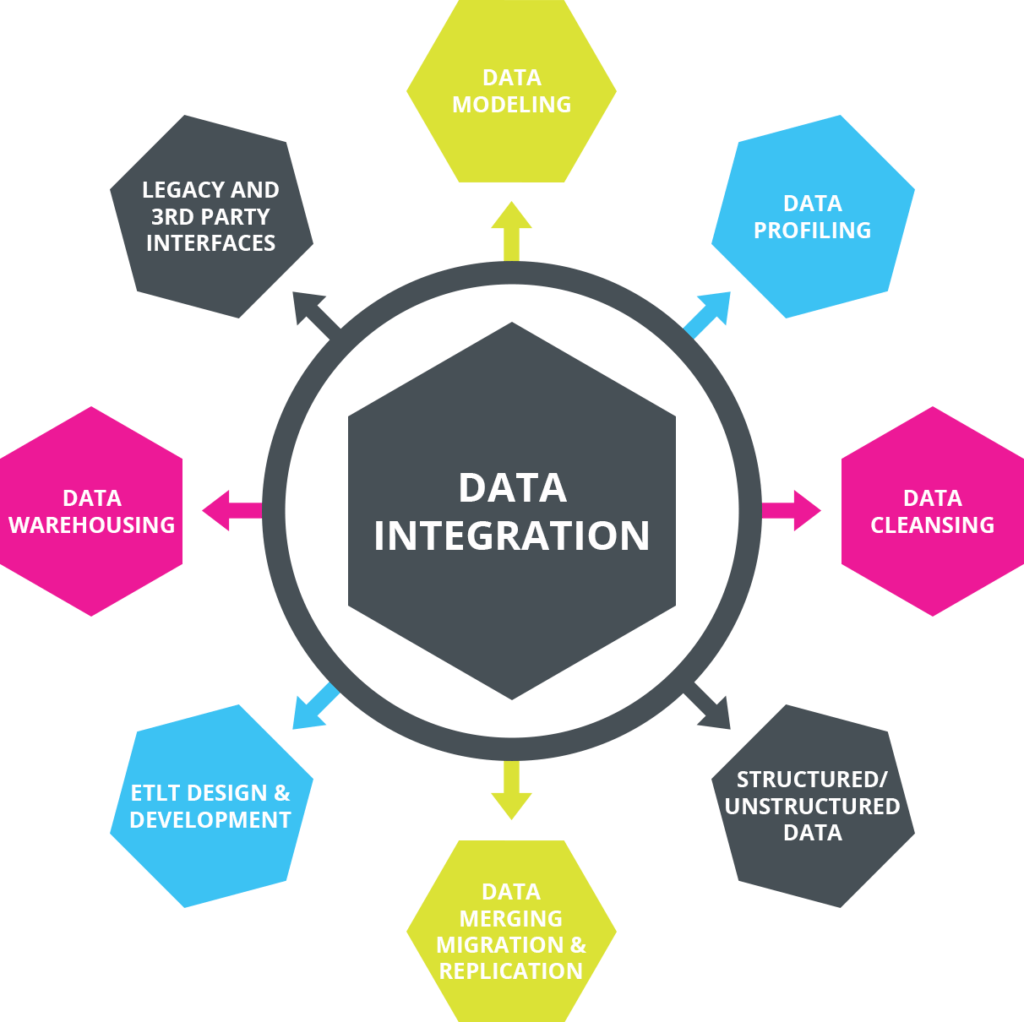

Difference between Data Integration & Application Integration
Efficiency Vs Efficiency
Data integration is batch-oriented or else may be described as a planned operation. It takes care of the remaining data. It demands, therefore, several data-intensive processes, including modification, standardization, duplication, reconciliation, cleaning, and as such, and takes place in inter-day or intraday lots. A data integration job may execute once in an hour, a day, or even a week but cannot work in a single instance numerous times. The results of data integration offer a good insight into company performance, monitoring, anomalies, and compliance; nevertheless, they take significant time for computation.
On the other hand, application integration means that live operational data may be sent in real-time between the particular apps. The data changes hands in a working flow type only between several separate apps with a bi-directional orientation. The quantity of data and time required in an application integration job is quite small since it just addresses the connection of apps at the workflow level, and data is a transfer hub.
Transactional Vs Transformational
Application integration is the prompt “flow” of data across applications; it operates on the service level platform. The data flow via a synchronous or asynchronous execution process between apps. In a nutshell, application integration aims to facilitate a business process that crosses several separate apps and provides an abstraction from the core applications and associated business processes. Since application integration includes an “exchange” of data across applications, transactional nature is defined.
However, data integration is a transformational process. The integration of data arose from the use of related databases and the need to transfer data across them. Data integration primarily aims to build a data store or to populate a data warehouse from several transactional systems. The data are taken from the appropriate databases, merged to create a unified, reformatted, and loaded fusion structure for analysis. Data integration offers an abstraction layer from underlying data sources and may not only incorporate external data in the sphere but is also restricted to the intrinsic databases.
Point-to-Point Vs Compilation
Application Integration works on a point-to-point architectural framework, which aims to synchronize and maintain its integration with the related apps until the conclusion of the event process in real-time.
Throughout the construction of clustered data, data integration compels and publishes only relevant data for the user when required. Large companies with many linked applications frequently find access to individual interfaces challenging. Data integration is helpful for such rapid data access.

Elements of Application Integration
Provisioning and synchronization are two important elements of application integration.
Synchronization
Sync allows you to coordinate changes between the Oracle Internet Directory and the linked directories. For both directories to utilize and provide just the newest data, the changes made in other linked directories must be notified of each directory. Sync guarantees that change, including but not limited to data updated via provisioning, to directory information remains consistent.
Provisioning
Provisioning allows you to guarantee that changes in the directory, for example, user or group information, are informed to an application. Such modifications may influence whether the user has access to its processes in the program and what resources may be utilized.
Cases of Application Integration
Application integration is critical for the digital transformation of a company or an enterprise plan since that organization may function in new and creative ways when its apps are connected and communicated. There are very common application integration examples that prove the point stated above, such as:
Healthcare
Through the integration of an electronic health record (EHR) system with a medical record, everyone who treats a patient has access to the history, treatments, and data of the patient from the health insurance providers, primary care practitioners, and specialists, and more.
Banking Sector
Through the adequate utilization of mobile applications, the bank may offer services through a new digital channel and appeal to new clients via the integration of customer accounts, loan applications, and other backend processes.
Industrial Sector
Factories use hundreds, if not thousands, of gadgets to keep track of every step of the manufacturing process. By integrating devices with other systems, manufacturers can provide information that helps them detect production issues and balance quality, cost, and performance better.
Using NetSuite Integration
NetSuite is Software as a Service, which incorporates accounting and ERP packages, CRM tools and e-commerce in a single package. Users of various departments such as marketing, accounting, and support access to client information via a single record, remove redundant data and discrepancies using NetSuite Integration Services.
FAQS
What is an example of application integration?
On-premise application integration SaaS application integration application-to-application integration
Why is application integration important?
Application Integration promotes a superior approach integrating features and details of multiple apps into a single bundle. With such ease, the users can retrieve their data, and the businesses will also find it increasingly simpler to offer data to their prospective clients.
What is an application integration platform?
Application integration platforms allow applications to operate together freely.
Conclusion
When a firm implements a new software program to enhance or replace an old business process, the need for application integration is most often felt. Application integration is the effort put out to achieve smooth interoperability and data orchestration, both of which are necessary for producing real-time insights. Modern technology is available for AI solutions that may assist with business application integration with the least amount of work by using integration middleware. The solution provides your company with the connection and scalability it needs to eliminate the need for complicated integrations. As the demand for improved customer experiences and additional apps affects business and IT operations, artificial intelligence will continue to be just one component of the transformation of a company. Any business that owns a complete system that serves as an interface across heterogeneous applications will no longer have to worry about whether their apps were initially designed to interact with one another. Businesses get the freedom and flexibility to choose their particular applications as per requirement, rather than being restricted to applications that are part of a collection or coming from the usual vendor.


